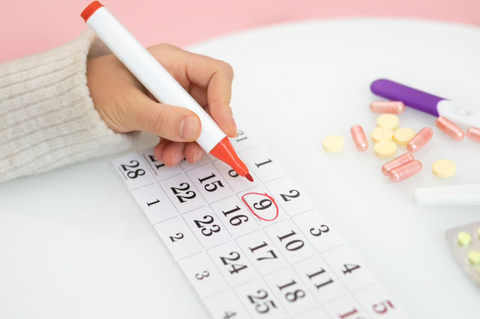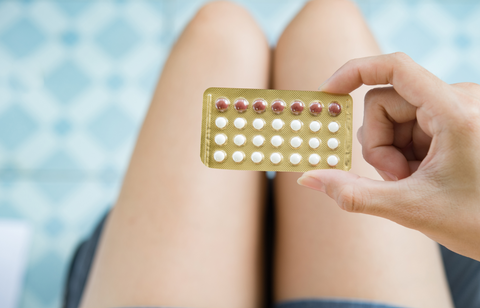In this article, we delve into the concept of cyclic nutrition and how it can optimize your well-being throughout the different phases of your menstrual cycle. By understanding the unique nutritional needs during each phase, you can support hormonal balance, energy levels, and overall health. Let's explore the evidence-based approach to menstrual phase synced nutrition together!
The Menstrual Cycle and Nutritional Needs:
The menstrual cycle consists of four phases: menstrual, follicular, ovulatory, and luteal. Each phase is characterized by distinct hormonal changes that influence energy expenditure, nutrient requirements, and metabolism. Understanding these variations can help tailor your nutrition to support your body's specific needs at different times.
Menstrual Phase:
During the menstrual phase, the emphasis is on replenishing iron stores due to blood loss. Aim to include iron-rich foods such as legumes, spinach, and fortified cereals in your diet. Additionally, incorporating foods rich in vitamin C (like citrus fruits) can enhance iron absorption.
Follicular Phase:
The follicular phase is marked by increased estrogen levels, which promote energy and vitality. Focus on incorporating nutrient-dense foods such as whole grains, fruits, vegetables, and lean proteins into your diet. These foods provide essential vitamins, minerals, and antioxidants to support overall well-being.
Ovulatory Phase:
During the ovulatory phase, estrogen peaks, promoting a sense of confidence and sociability. Prioritize foods that support hormone metabolism and liver detoxification. Cruciferous vegetables (broccoli, cauliflower), flaxseeds, and turmeric are beneficial additions to your diet during this phase.
Luteal Phase:
The luteal phase is characterized by higher progesterone levels, which may increase appetite and cravings. Focus on balanced meals and snacks that include complex carbohydrates, healthy fats, and protein to promote satiety and stabilize blood sugar levels. Incorporate foods rich in vitamin B6 (such as bananas and chickpeas) to support mood and reduce symptoms like bloating. You may find yourself craving high magnesium foods such as dark chocolate, nuts and oats during this phase. Listen to your body: magnesium is helpful for muscle tension and mood.
An important note:
I always say, don’t lose the plot, menstrual syncing is all about living in harmony with our rhythmic bodies. Please focus on the most nourishing foods your body needs today, and avoid strict eating plans or exclusionary diets. A 2017 study published in the International Journal of Eating Disorders highlights how dietary restriction during specific phases of the menstrual cycle can lead to increased frustration and potential negative impacts on mental health.
The foundations of healthful eating are the same for everyone, regardless of cycle phase: focus on whole, unprocessed foods, and include a variety of fruits, vegetables, lean proteins, whole grains, and healthy fats in your meals. Stay hydrated by drinking an adequate amount of water throughout the day. Cyclic nutrition is just icing on the cake: an evidence-based approach to optimize your well-being by aligning your diet with the hormonal fluctuations throughout your menstrual cycle. By understanding the unique nutritional needs during each phase, you can support hormonal balance, energy levels, and overall health. Remember, everyone's body is unique, so listen to your body's signals and consult with a healthcare professional or registered dietitian for personalized advice.
Sources:
- Leeners, B., et al. (2017). Evidence for a menstrual cycle phase-specific vulnerability to dieting frustration. International Journal of Eating Disorders, 50(5), 521–530. doi:10.1002/eat.22718
- Ross, A. (2021). The Period Repair Manual: Natural Treatment for Better Hormones and Better Periods. Women's Health Network.
- National Institutes of Health. (2020). Iron. Retrieved from https://ods.od.nih.gov/factsheets/Iron-HealthProfessional/
- U.S. Department of Agriculture. (n.d.). FoodData Central. Retrieved from https://fdc.nal.usda.gov/
- Institute of Medicine (US) Food and Nutrition Board. (2001). Dietary Reference Intakes for Vitamin C, Vitamin E, Selenium, and Carotenoids. National Academies Press (US).
- Image




